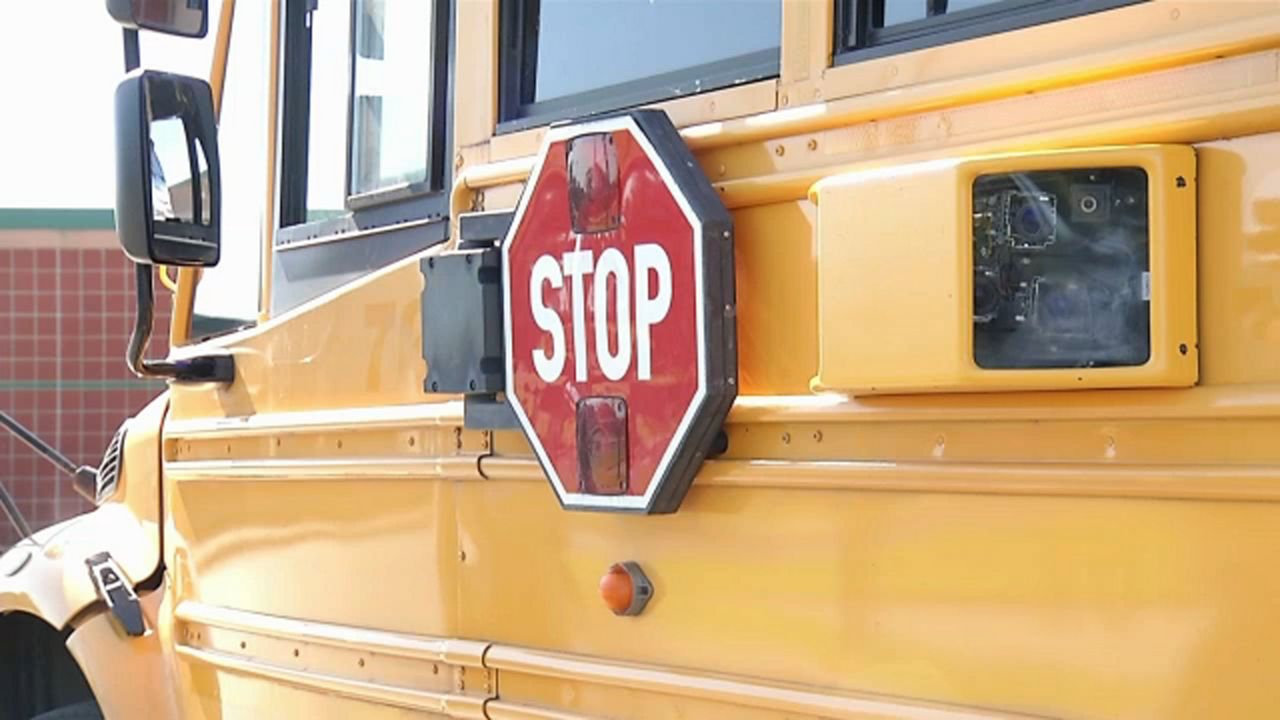In 2009, as the economy’s bruising from the Great Recession had started to become truly painful, then-Governor David Paterson froze Foundation Aid, the primary vehicle for education financing in New York. He also proposed a reduction in total school aid, later named the “Gap Elimination Adjustment.”
When federal stimulus aid became available, it was used to offset the planned cut in state support, leaving overall school aid essentially flat.
At the time, I thought that the most straightforward explanation of the GEA was provided by Dr. Rick Timbs of the Statewide School Finance Consortium.
“The state had a gap, so they eliminated it by adjusting state aid to schools down,” he said.
Some of the state’s 700 school districts were still facing GEA cuts in 2016.
Fast forward to 2020. Amid what may be an even more severe budget crisis, the same thing appears to be happening again. This time, the vehicle for gap elimination is called the “Pandemic Adjustment.”
The state is slated to receive $1.1 billion of federal stimulus money to support K-12 education; but according to budget bills being passed today, the state budget will reduce each district’s allocation by the same amount they are getting from the federal government.
Education advocates have varying perspectives on the news.
“It’s a way to say we never cut Foundation Aid, we never cut building aid to schools. We just adjusted to the pandemic and balanced the budget on the backs of children,” said Jasmine Gripper with the Alliance for Quality Education.
Gripper argues that because costs rise for schools every year by 5 percent, while Foundation Aid may technically remain flat, districts will feel a reduction of $1.3 billion.
“When the stimulus money runs out, schools will see devastating cuts,” Gripper warns.
For the time being, those cuts are offset by the federal money. Some education advocates were expecting worse.
Robert Lowry of the New York Council of School Superintendents agrees that “the simple arithmetic is grim” when it comes to the overall budget. But, he says, “if school aid is frozen, it would be a better outcome than I would have expected under the circumstances.”
Education finance experts are especially concerned about the periodic adjustments to the state budget that appear to be part of the pending budget deal.
“Every superintendent would likely favor a low realistic starting point, rather than a variable one, because the thought of midyear adjustments is alarming,” said Lowry.
Gripper is also unhappy with that probable outcome.
“We are deeply disappointed that the legislature is giving up their power to the executive,” Gripper said. “The Budget Director will make a proposal and the legislature will have 10 days to come up with an alternative. If they cannot, the Budget Director’s recommendations become law.”
Timbs says only a deep dive into the school aid runs will tell the full story. They show a net statewide increase of $95 million, or 0.35 percent.
“Looking at this stuff in the aggregate doesn’t make sense to me. It’s of little value. The real value is to each individual school,” he explained.
Timbs says he needs to see the role of expense-driven aid like BOCES, as well as the distribution of aid before he can make an assessment. That said, “if the total is flat and the distribution is equitable, all districts are going to have to prepare for cuts because if there are further revenue adjustments during the year, they may not be in a position to weather the problem, especially in the long term. And this seems like it will be a long-term problem.”


